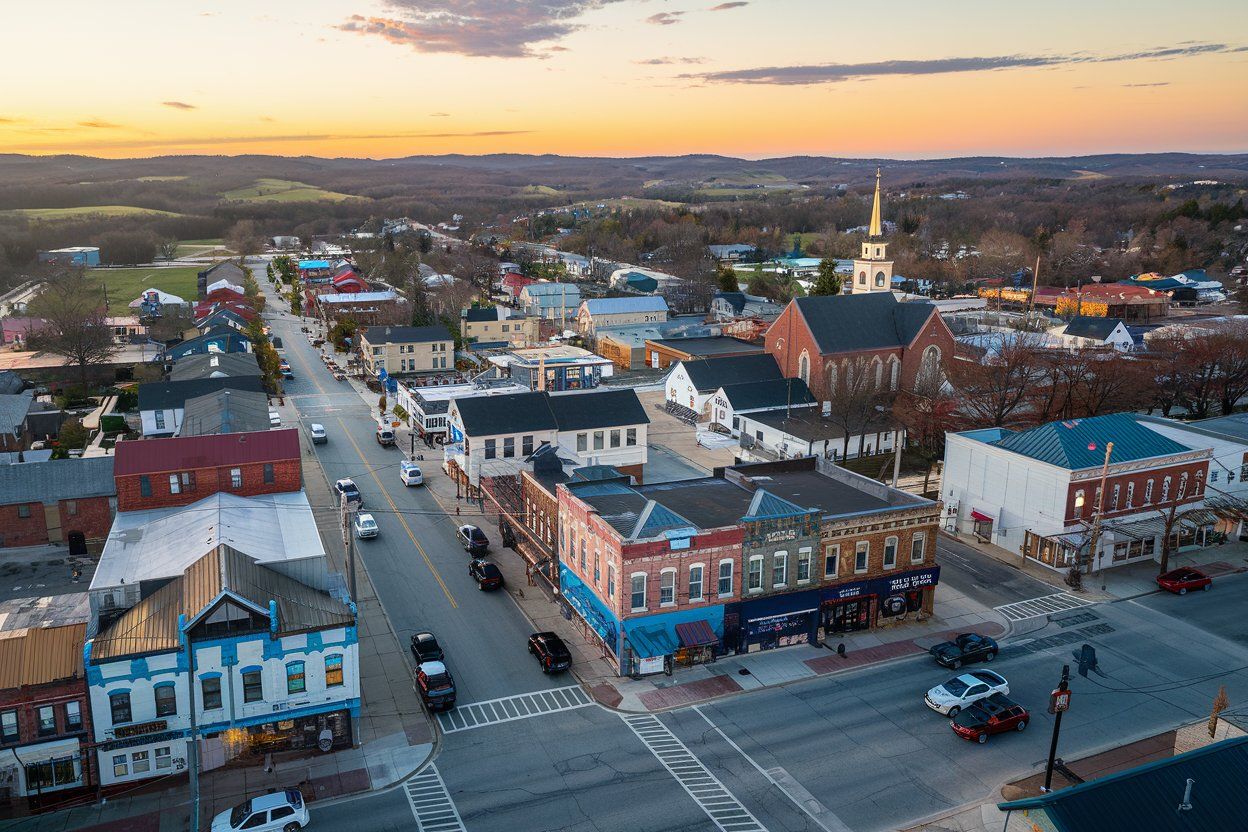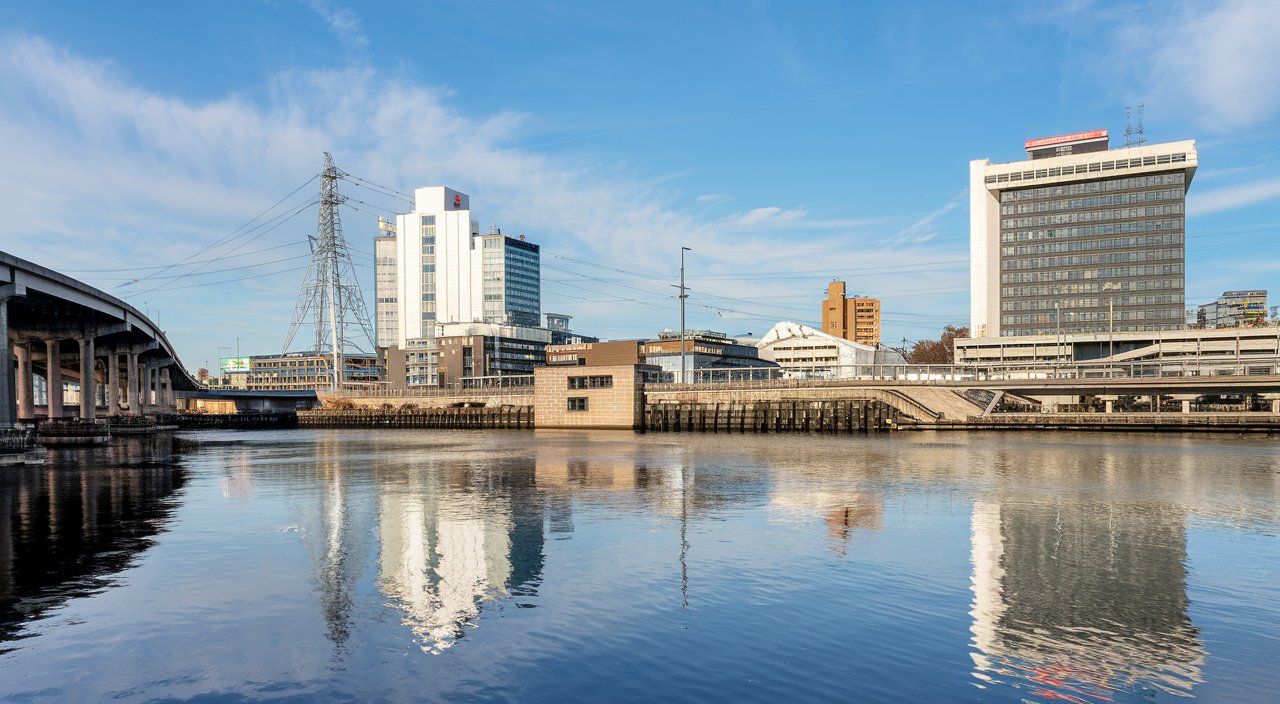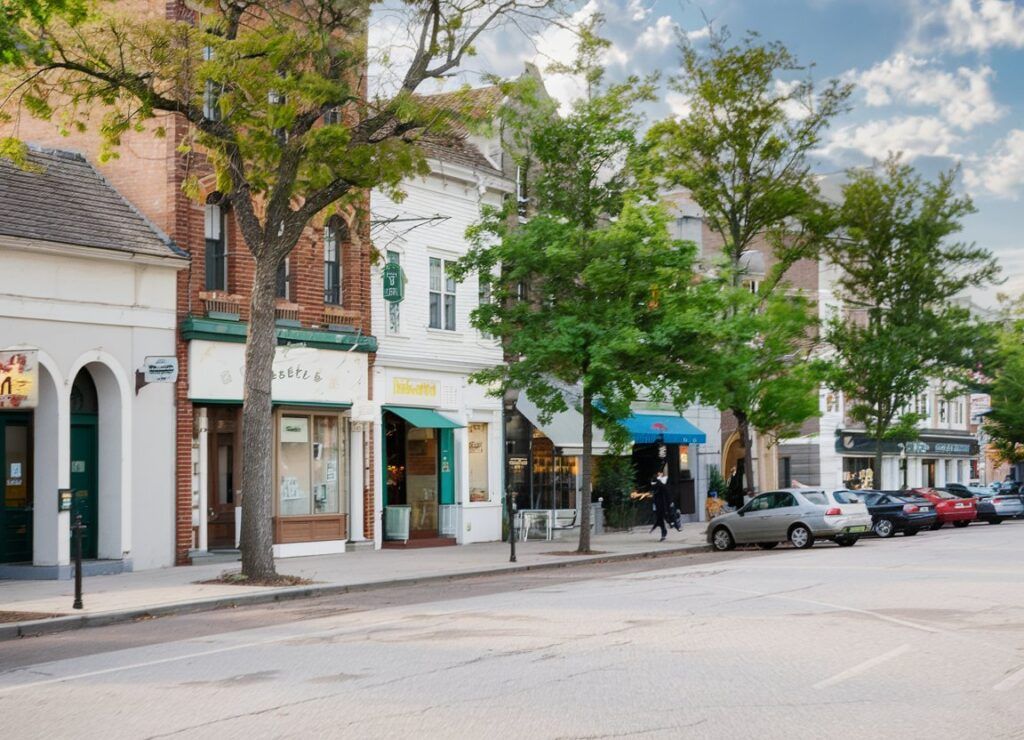
Greenwich, Connecticut is a captivating town in Fairfield County, Connecticut that offers a perfect blend of luxury and small-town charm. Just a short train ride from New York City, this affluent community boasts stunning natural beauty, rich history, and world-class attractions.
You’ll find plenty to see and do in Greenwich. From exploring its picturesque coastline to shopping on the upscale Greenwich Avenue. The town is home to several must-visit sites. You can admire impressive art collections at the Bruce Museum, or take a stroll through the beautiful Greenwich Point Park.
Discover hand-picked hotels and vacation homes tailored for every traveler. Skip booking fees and secure your dream stay today with real-time availability!
Browse Accommodations Now
For a taste of local history, visit the Bush-Holley House, once the center of the Cos Cob art colony. With its mix of natural beauty, cultural attractions, and upscale amenities, Greenwich offers a unique travel experience that you won’t want to miss.
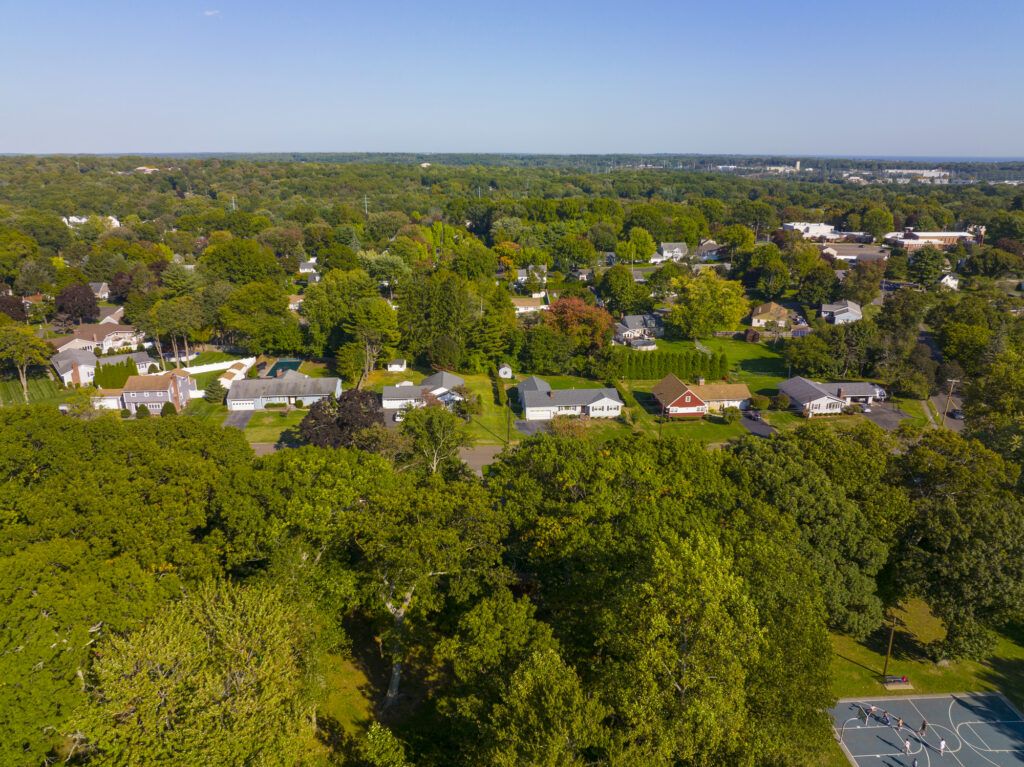
How to Get to Greenwich
Getting to Greenwich is easy with several transportation options. You can drive via the Merritt Parkway or Interstate 95, both offering scenic routes.
For air travel, nearby airports include:
- Westchester County Airport (closest)
- LaGuardia Airport
- JFK International Airport
- Newark Airport
Metro-North Railroad provides regular service from Grand Central Terminal in New York City. The trip takes about 50 minutes. If you prefer train travel from other parts of the Northeast, Amtrak connects to nearby Stamford station. From there, you can take a short taxi ride to Greenwich.
Renting a car gives you flexibility to explore the area. You can find rental options at the airports or in Greenwich itself. Taxis and rideshare services are readily available for local transportation once you arrive. Remember to check traffic conditions if driving, especially during rush hours. The town’s proximity to New York City means roads can get busy.
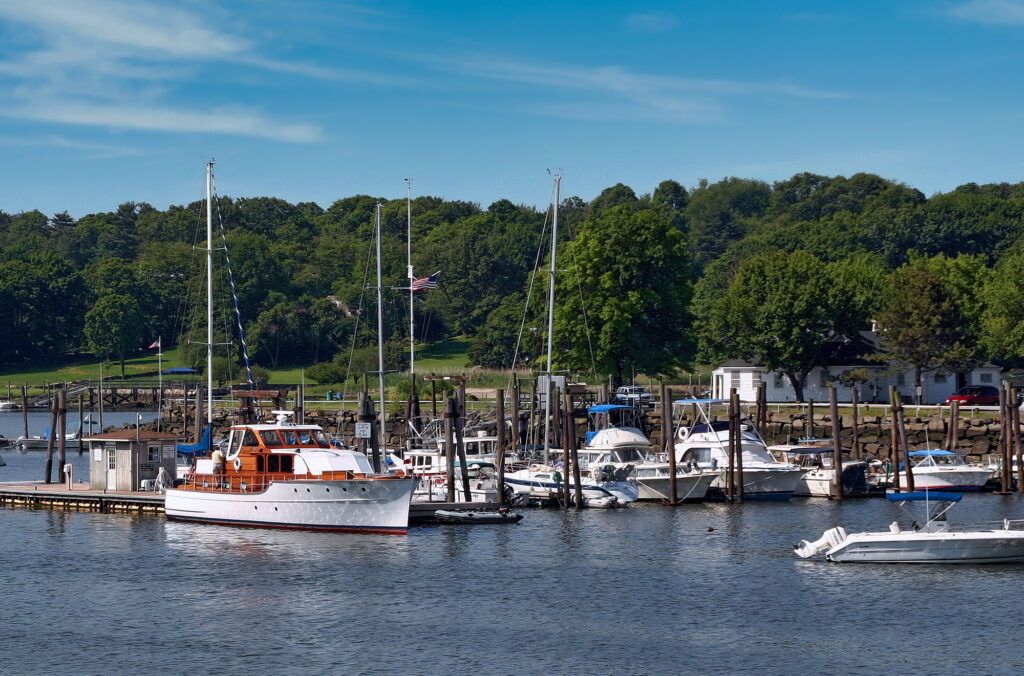
What to See in Greenwich
Greenwich offers a wealth of sights for visitors. Start your journey on Greenwich Avenue, the main shopping street. It’s lined with upscale stores and restaurants.
For nature lovers, Greenwich Point Park is a must-see. You can enjoy sandy beaches, picnic areas, and views of the Manhattan skyline. The Bruce Museum showcases art and science exhibits. It’s perfect for a cultural afternoon.
Don’t miss the Greenwich Audubon Center. You can explore trails and learn about local wildlife. For history buffs, the Greenwich Avenue Historic District offers beautiful architecture. Take a stroll and admire the historic buildings. Bruce Park is great for a relaxing walk. It features ponds, bridges, and green spaces.
If you’re interested in art, visit the Flinn Gallery in the Greenwich Library. It hosts rotating exhibitions by local and regional artists. Foodies will love the dining scene. You can find everything from seafood to upscale restaurants serving various cuisines. Remember to check out the beaches along Long Island Sound. They’re perfect for a summer day.
Read our articles on the best things to do in Greenwich, Connecticut and best restaurants in Greenwich, Connecticut for even more ideas!
Where to Stay in Greenwich
Read our article on hotels near Greenwich, Connecticut for the best options for your stay. Here’s a short list of some options:
- Hyatt Regency Greenwich
- Hilton Stamford Hotel & Executive Meeting Center
- Delamar Greenwich Harbor
- The J House Greenwich
If you’re looking to stay in a vacation home, apartment, BnB, or VRBO in Greenwich, Connecticut, we recommend you search on VRBO, Hotels.com, and Booking.com for up-to-date options.
History of Greenwich

Greenwich has a rich past dating back to the 1600s. The town started as a small farming community and grew into a wealthy suburb of New York City. In 1640, settlers bought land from Native Americans. They named it after Greenwich, England. The Old Post Road was a major route between Boston and New York, passing through Greenwich.
During the American Revolution, General Israel Putnam made a daring escape from British troops. You can visit Putnam Cottage, a historic site linked to this event. Greenwich became known as part of the “Gold Coast” in the late 1800s. Rich New Yorkers built large estates here. The town grew fast after railroads arrived in 1848.
Art played a big role in Greenwich’s history. The Cos Cob art colony attracted famous American Impressionists. You can see this influence at the Bush-Holley House. Today, Greenwich is home to many investment firms and hedge funds. Its proximity to Wall Street has made it a popular spot for finance professionals.
Towns Near Greenwich
Greenwich is surrounded by charming towns that offer unique experiences. Fairfield County boasts a mix of urban and suburban areas worth exploring.
Stamford, just a short drive from Greenwich, is a bustling city with a vibrant downtown. You’ll find great restaurants, shopping, and entertainment options here. The Stamford Museum & Nature Center is a must-visit attraction for nature lovers.
Bridgeport, Connecticut’s largest city, is about 30 miles east of Greenwich. It’s home to the Beardsley Zoo and the Discovery Museum, perfect for family outings.
Closer to Greenwich, you’ll find Westport and Darien. These upscale towns offer beautiful beaches and quaint downtown areas with boutique shops and art galleries.
Norwalk, another nearby city, features the Maritime Aquarium and historic South Norwalk (SoNo), known for its restaurants and nightlife.
For a quieter experience, visit New Canaan or Wilton. These towns are known for their scenic beauty and historic charm.
Each of these towns is easily accessible from Greenwich, making them ideal for day trips or short getaways. You’ll find a variety of attractions, from beaches to museums, ensuring there’s something for everyone in Fairfield County.
Find available hotels and vacation homes instantly. No fees, best rates guaranteed!
Check Availability Now


